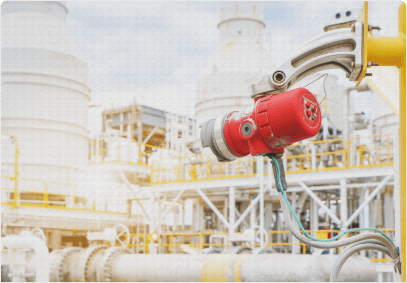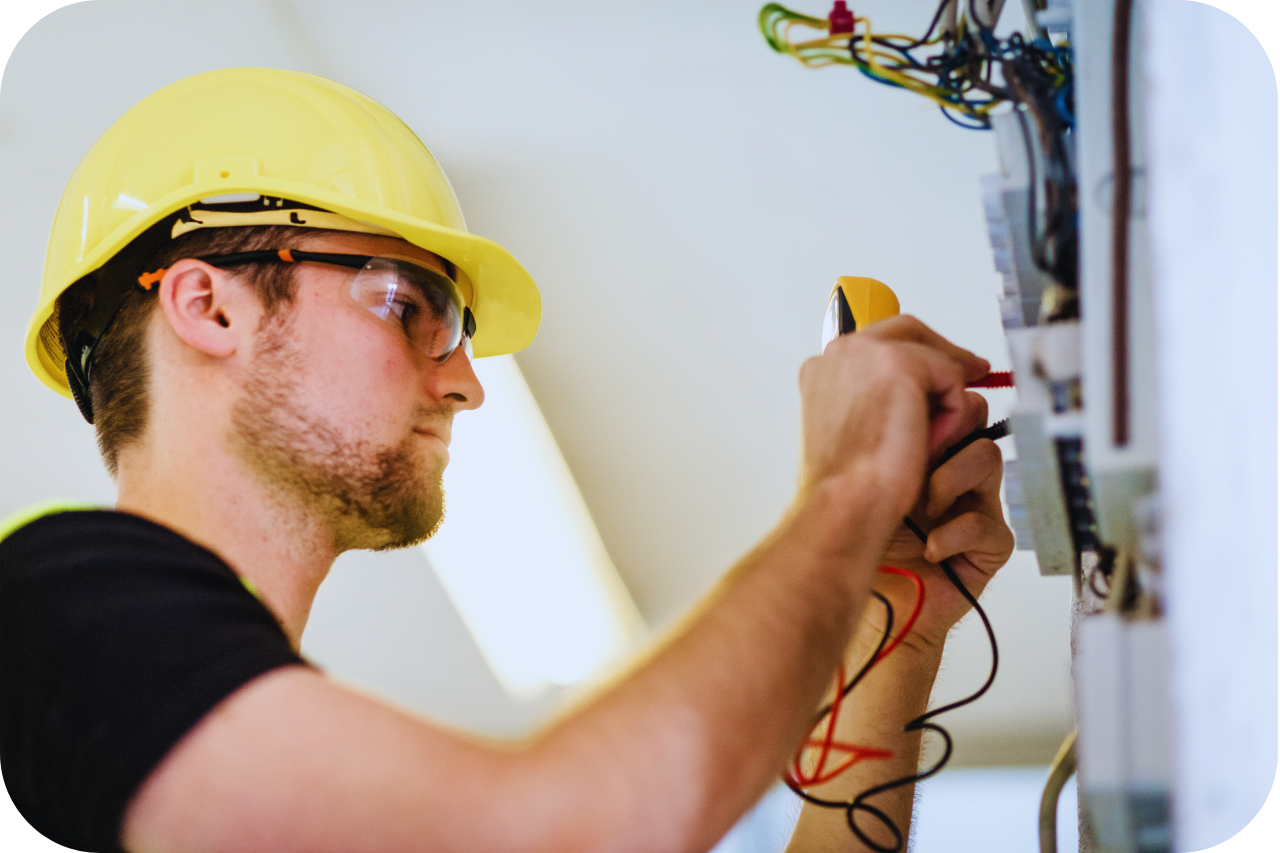Some Known Facts About Roar Solutions.
Wiki Article
The 4-Minute Rule for Roar Solutions
Table of ContentsThe Definitive Guide to Roar SolutionsThe smart Trick of Roar Solutions That Nobody is DiscussingThe Buzz on Roar Solutions
In such an ambience a fire or surge is possible when 3 standard conditions are satisfied. This is often described as the "unsafe location" or "burning" triangular. In order to safeguard installations from a prospective explosion an approach of analysing and categorizing a potentially harmful area is required. The objective of this is to make certain the correct choice and setup of tools to ultimately protect against a surge and to guarantee security of life.
(https://www.cybo.com/AU-biz/roar-solutions)
No devices should be mounted where the surface temperature of the devices is higher than the ignition temperature of the provided hazard. Below are some typical dust harmful and their minimum ignition temperature level. Coal Dirt 380C 225C Polythene 420C (thaws) Methyl Cellulose 420C 320C Starch 460C 435C Flour 490C 340C Sugar 490C 460C Grain Dirt 510C 300C Phenolic Material 530C > 450C Aluminium 590C > 450C PVC 700C > 450C Residue 810C 570C The chance of the hazard being present in a concentration high adequate to create an ignition will vary from area to place.
In order to identify this danger an installation is separated right into locations of risk depending upon the amount of time the hazardous exists. These locations are described as Areas. For gases and vapours and dusts and fibres there are 3 zones. Area 0 Area 20 An unsafe ambience is very likely to be present and may exist for extended periods of time (> 1000 hours annually) or also continually Zone 1 Zone 21 A harmful atmosphere is possible yet unlikely to be existing for long durations of time (> 10 450 C [842 F] A classification of T6 implies the minimum ignition temperature is > 85 C [185 F] Unsafe area electric equipment perhaps made for use in higher ambient temperature levels. This would indicated on the score plate e.g. EExe II C T3 Ta + 60C( This indicates at 60C ambient T3 will not be surpassed) T1 T1, T2, T3, T4, T5, T6 T2 T2, T3, T4, T5, T6 T3 T3, T4, T5, T6 T4 T4, T5, T6 T5 T5, T6 T6 T6 A T Class ranking of T1 means the optimum surface temperature level created by the tool at 40 C is 450 C. Thinking the connected T Course and Temperature level score for the equipment are appropriate for the area, you can always utilize an instrument with a more rigid Division rating than needed for the area. There isn't a clear response to this inquiry. It really does rely on the sort of equipment and what fixings need to be executed. Equipment with specific examination treatments that can not be carried out in the area in order to achieve/maintain 3rd event ranking. Have to return to the factory if it is before the tools's service. Area Repair Service By Authorised Worker: Difficult screening might not be needed nonetheless particular treatments might require to be adhered to in order for the tools to preserve its 3rd party score. Authorized employees have to be employed to execute the work correctly Repair service need to be a like for like replacement. New component must be taken into consideration as a straight replacement requiring no special testing of the tools after the fixing is complete. Each tool with a harmful rating must be examined individually. These are described at a high degree listed below, however for even more thorough details, please refer directly to the standards.
The Definitive Guide to Roar Solutions
The equipment register is a comprehensive data source of devices documents that includes a minimum collection of areas to recognize each product's area, technical criteria, Ex lover category, age, important link and environmental data. The ratio of In-depth to Shut examinations will be established by the Tools Danger, which is analyzed based on ignition risk (the possibility of a source of ignition versus the probability of a combustible environment )and the unsafe area category( Zone 0Area 1, or 2). Implementing a durable Risk-Based Assessment( RBI )technique is essential for making certain compliance and security in managing Electrical Devices in Hazardous Areas( EEHA).
8 Simple Techniques For Roar Solutions

In terms of eruptive danger, a hazardous area is an atmosphere in which an eruptive ambience exists (or may be expected to be present) in amounts that call for unique precautions for the building and construction, setup and use of equipment. Roar Solutions. In this write-up we explore the obstacles dealt with in the work environment, the danger control procedures, and the called for competencies to work securely
It is an effect of contemporary life that we produce, store or deal with a series of gases or liquids that are considered flammable, and a series of dusts that are considered flammable. These compounds can, in particular conditions, create eruptive ambiences and these can have significant and heartbreaking repercussions. The majority of us recognize with the fire triangle get rid of any among the three aspects and the fire can not occur, but what does this mean in the context of harmful locations? When breaking this down into its simplest terms it is basically: a combination of a specific amount of launch or leak of a particular compound or product, mixing with ambient oxygen, and the visibility of a source of ignition.
In most instances, we can do little about the levels of oxygen in the air, however we can have considerable impact on sources of ignition, for example electrical equipment. Hazardous areas are documented on the dangerous location category drawing and are determined on-site by the triangular "EX-SPOUSE" sign. Right here, amongst other vital information, areas are divided into three kinds relying on the risk, the chance and period that an eruptive ambience will exist; Zone 0 or 20 is deemed one of the most harmful and Zone 2 or 22 is deemed the least.
Report this wiki page